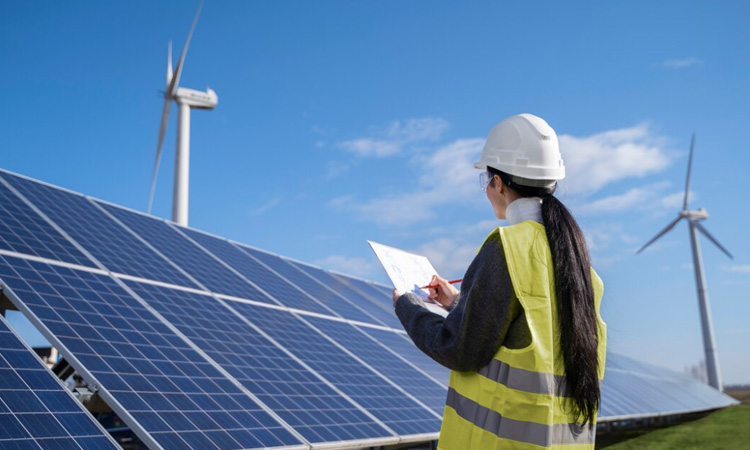The global energy landscape is undergoing a transformative shift. Wind and solar power, once considered alternative energy sources, are now at the forefront of this change. By 2030, these renewable sources are projected to produce a whopping 33% of global power.
The Rise of Wind and Solar:
Wind and solar energy harness the power of nature. While wind turbines capture the energy of blowing winds, solar panels absorb the sun’s rays and convert them into electricity. Their growth in recent years has been nothing short of phenomenal.
Why the Shift to Renewables?
- Environmentally Friendly: Unlike fossil fuels, wind and solar power don’t emit harmful greenhouse gases. This makes them a cleaner, more sustainable energy option.
- Cost-Effective: The cost of installing wind turbines and solar panels has dropped significantly over the years. As technology advances, these sources are becoming increasingly affordable.
- Endless Supply: The sun and wind are inexhaustible sources of energy. Unlike coal or oil, we won’t run out of wind or sunlight.
Global Implications:
- Combatting Climate Change: By relying more on wind and solar power, we can reduce our carbon footprint and combat global warming.
- Energy Independence: Countries can reduce their dependence on imported oil and gas by harnessing local renewable energy sources.
- Job Creation: The renewable energy sector has the potential to create numerous jobs, from manufacturing to installation and maintenance.
The Road to 2030:
With the current momentum, the goal of wind and solar power producing 33% of global electricity by 2030 seems achievable. Governments, businesses, and individuals are all playing their part in this energy revolution.
The future of global power is bright, with wind and solar energy leading the way. As we move towards 2030, the hope is for a world powered by clean, sustainable energy, ensuring a healthier planet for generations to come.
Next On Your Reading List:


